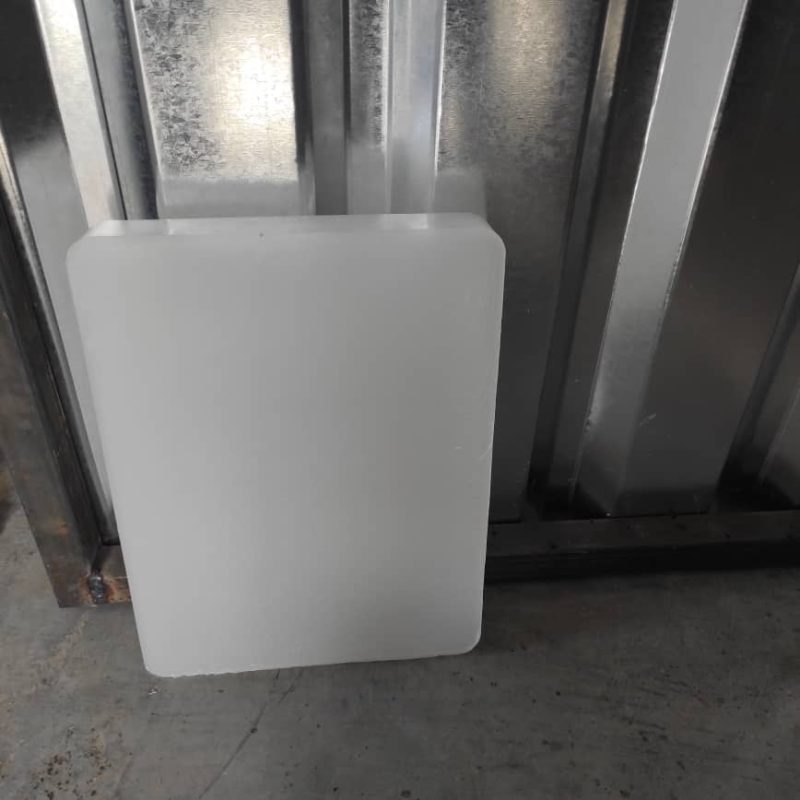
Research on paraffin shows , Paraffin is a type of hydrocarbon compound that is often derived from petroleum or shale oil and has a variety of uses, primarily as a wax, a fuel, and in the manufacturing of certain chemical products. Below is a comprehensive overview of paraffin:
1. Research on Paraffin ,Chemical Properties:
- Composition: Paraffin is composed primarily of saturated hydrocarbons, which are alkanes (CnH2n+2), with a general formula of CnH2n+2, where ‘n’ is typically between 20 and 40.
- Molecular Structure: It consists of long chains of carbon atoms bonded to hydrogen atoms. The structure is typically linear or branched, with a relatively simple, stable configuration.
- State: Paraffin is usually a solid at room temperature and becomes liquid when heated. Its melting point ranges from about 46–68°C (115–154°F), depending on the specific type of paraffin.
2. Types of Paraffin:
- Paraffin Wax: The most common form of paraffin is paraffin wax, a white or colorless, odorless, and tasteless material. It is often used in candles, cosmetics, and pharmaceutical products.
- Liquid Paraffin: Also known as mineral oil, liquid paraffin is a purified form of paraffin and is used in various applications, such as in medicine, as a laxative, and in cosmetics.
3. Manufacturing Process:
- Extraction: Paraffin is primarily obtained from crude oil or shale oil. During the refining process, oil is subjected to distillation, and paraffin is separated as part of the lighter hydrocarbon fractions.
- Purification: The paraffin is then purified, which may involve processes like dewaxing (to remove solid wax) and hydrogenation to improve its stability and refine the material into a usable form.
4. Research on Paraffin , Uses :
- Candles: Paraffin wax is commonly used in the production of candles because of its clean burning properties and ability to hold scents and dyes.
- Cosmetics and Personal Care Products: Paraffin is used in the production of lotions, creams, and other beauty products due to its emollient properties, which help to soften and soothe the skin.
- Pharmaceuticals: Paraffin wax is used in the pharmaceutical industry as a coating for tablets and capsules and as a base for ointments and creams.
- Food Industry: Paraffin wax is sometimes used in food packaging and coating, such as on fruits and vegetables, to preserve their freshness.
- Electrical Insulation: Paraffin is used as an insulating material in some electrical applications due to its ability to withstand high temperatures.
- Lubricants: Liquid paraffin, or mineral oil, is used as a lubricant for machinery, particularly in areas where it is crucial not to leave residues.
- Industrial Uses: Paraffin is also used in the production of some plastics, coatings, and polishes.
5. Health and Safety Considerations:
- Non-Toxicity: Paraffin is generally considered non-toxic when used in proper quantities. It is commonly used in various consumer products.
- Environmental Impact: Paraffin is a byproduct of petroleum refining, and its use in candles and other products can contribute to environmental concerns related to the burning of hydrocarbons. Additionally, the extraction and refining process of paraffin may have an environmental impact due to the use of fossil fuels.
- Health Concerns: While Research on Paraffin shows it is usually safe, there have been concerns regarding the potential for indoor air pollution when paraffin candles are burned, as they can release small amounts of potentially harmful substances like soot and volatile organic compounds (VOCs).
6. Economic Impact:
- Market Size: Research on Research on Paraffin shows market is driven by demand from industries such as cosmetics, pharmaceuticals, and candles, with significant growth seen in developing economies due to the rising demand for personal care products.
- Petroleum Industry: Since paraffin is derived from petroleum, the fluctuations in crude oil prices directly affect the cost and availability of paraffin.
7. Alternatives to Research on Paraffin :
- Soy Wax: A more eco-friendly and renewable alternative to paraffin wax for candles. Soy wax burns cleaner and is biodegradable.
- Beeswax: A natural wax produced by honeybees, often used as a natural alternative to paraffin in candles and cosmetics.
- Palm Wax: Another plant-based alternative to paraffin wax, often used in candles and other applications.
Conclusion:
Paraffin is a versatile material with many applications, ranging from candles and cosmetics to industrial and pharmaceutical uses. While it is generally safe and effective, the environmental impact of its extraction and use can be a concern. There are increasing calls for more sustainable alternatives, particularly in industries like candle-making and personal care.
Manufacturing process
-It is a refining product
-Obtained from petroleum by dewaxing light lubricated oil stocks
-Slacks will be put in great tanks and pressed
-Lower oil content paraffin waxes require special equipments to be produced
Packing
-Smaller packing : slabs
-Slabs will be put in carton or bag (gunny)
– Weight of each slab : 5 kg
– Weight of each carton : 25-30 kg (in each carton 5-6 slabs)
Fields of use
-Candle manufacture , wax paper, polishes , cosmetics , electrical insulation , assist in extracting perfume from flowers , medical ointment , water proof coat for wood , match industry, food and chocolate polishing
Semi and fully refined paraffin wax
0.5- 1% oil content fully refined
1 – 3% & 3- 5% oil content semi refined
Minimum shelf life
2 years from the date of shipping when properly stored
Important specifications
Color : for candle making we can color it
Melting point : the temperature at which the solid melts to become a liquid
Oil content : the percent of oil in paraffin wax
Viscosity : the measure of a liquid s resistance to flow
Density : the measure of the relative heaviness of objects with a constant volume
Flash point : is a temperature at which a liquid will burn and keep burning
melting point : the temperature at which it passes from a semi-solid to a liquid state under specific test conditions.
Penetration : the action or process of making a way through or into some thing
Gravity : the force that attracts some thing towards the center of the earth
Congealing : the highest temperature at which it solidifies

